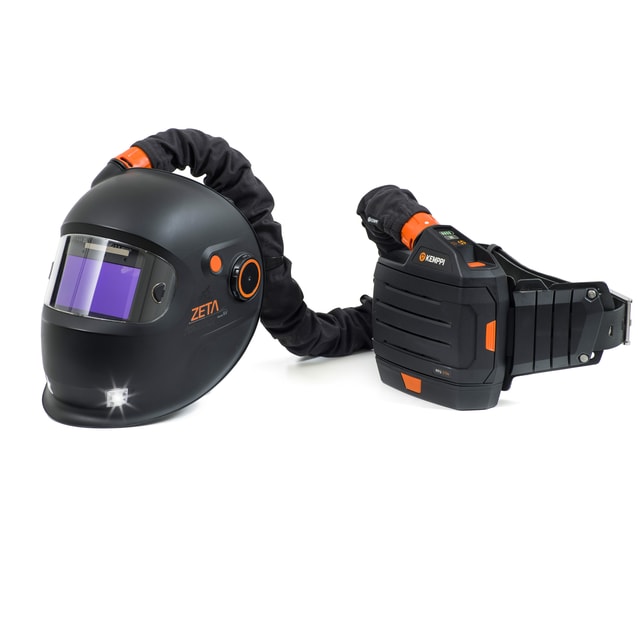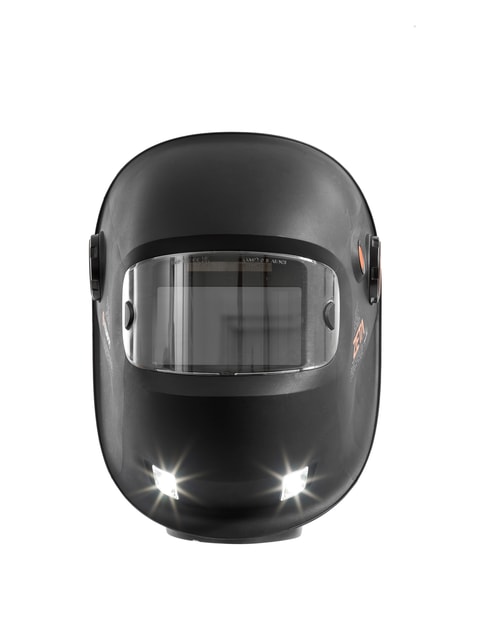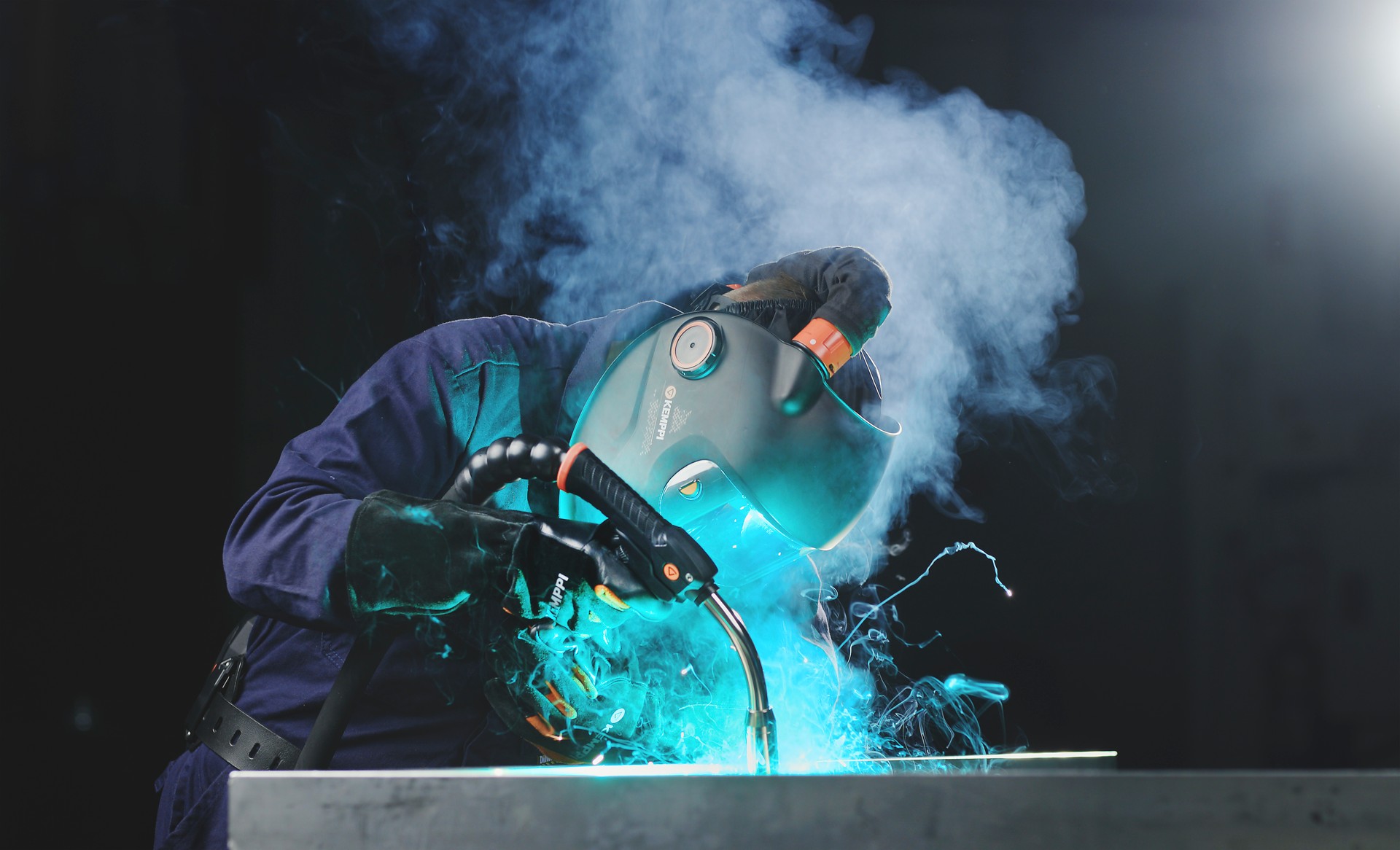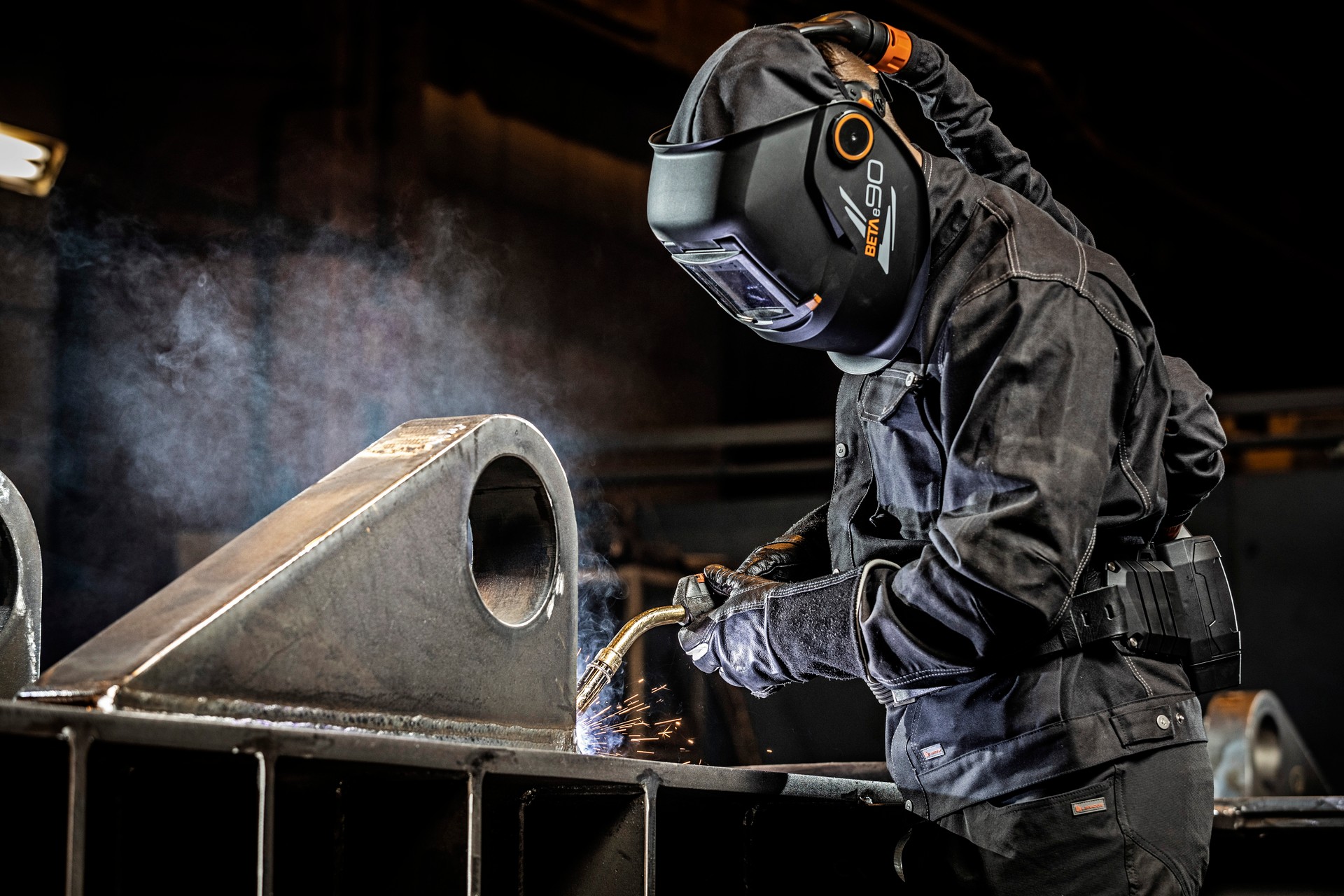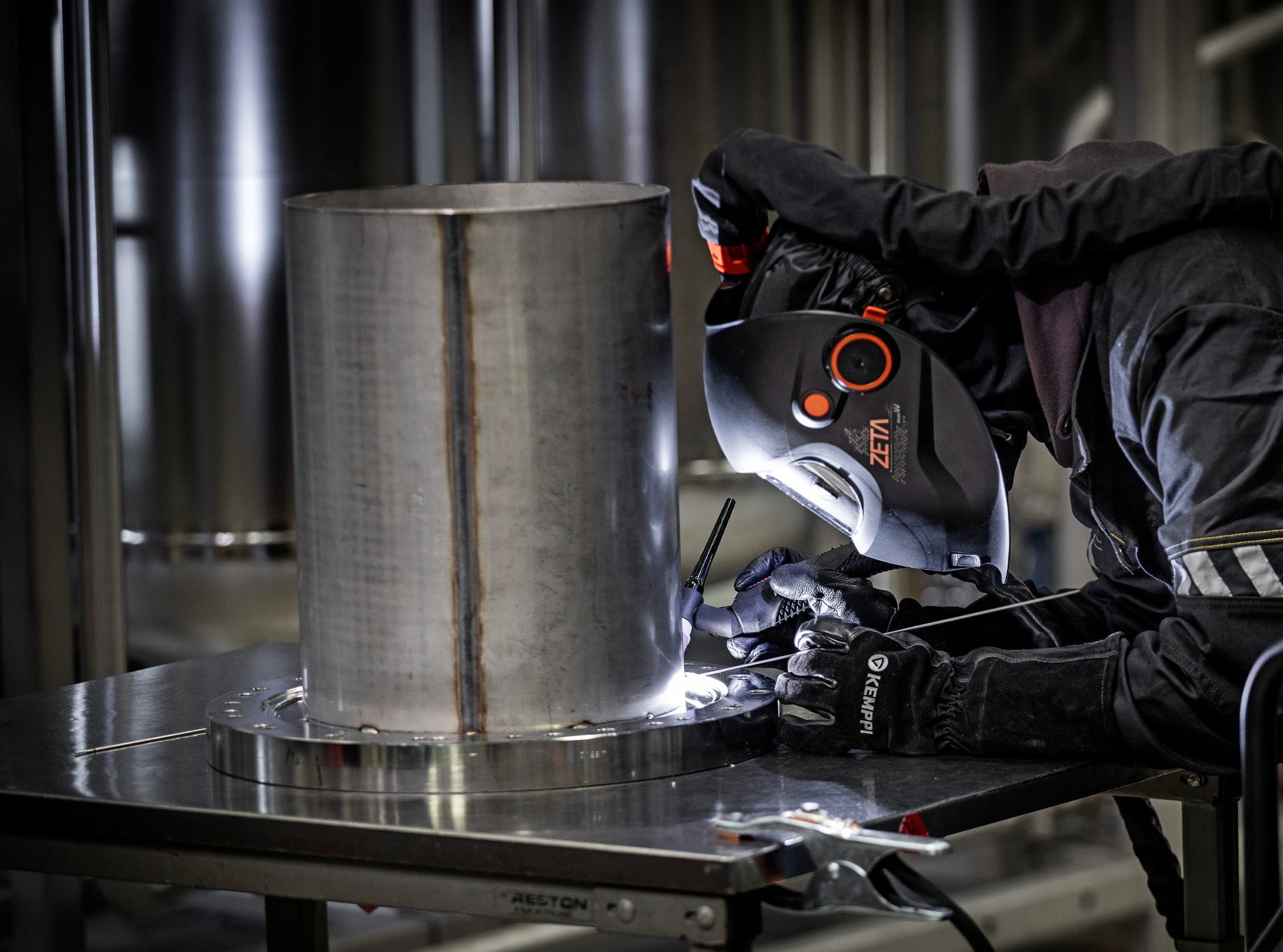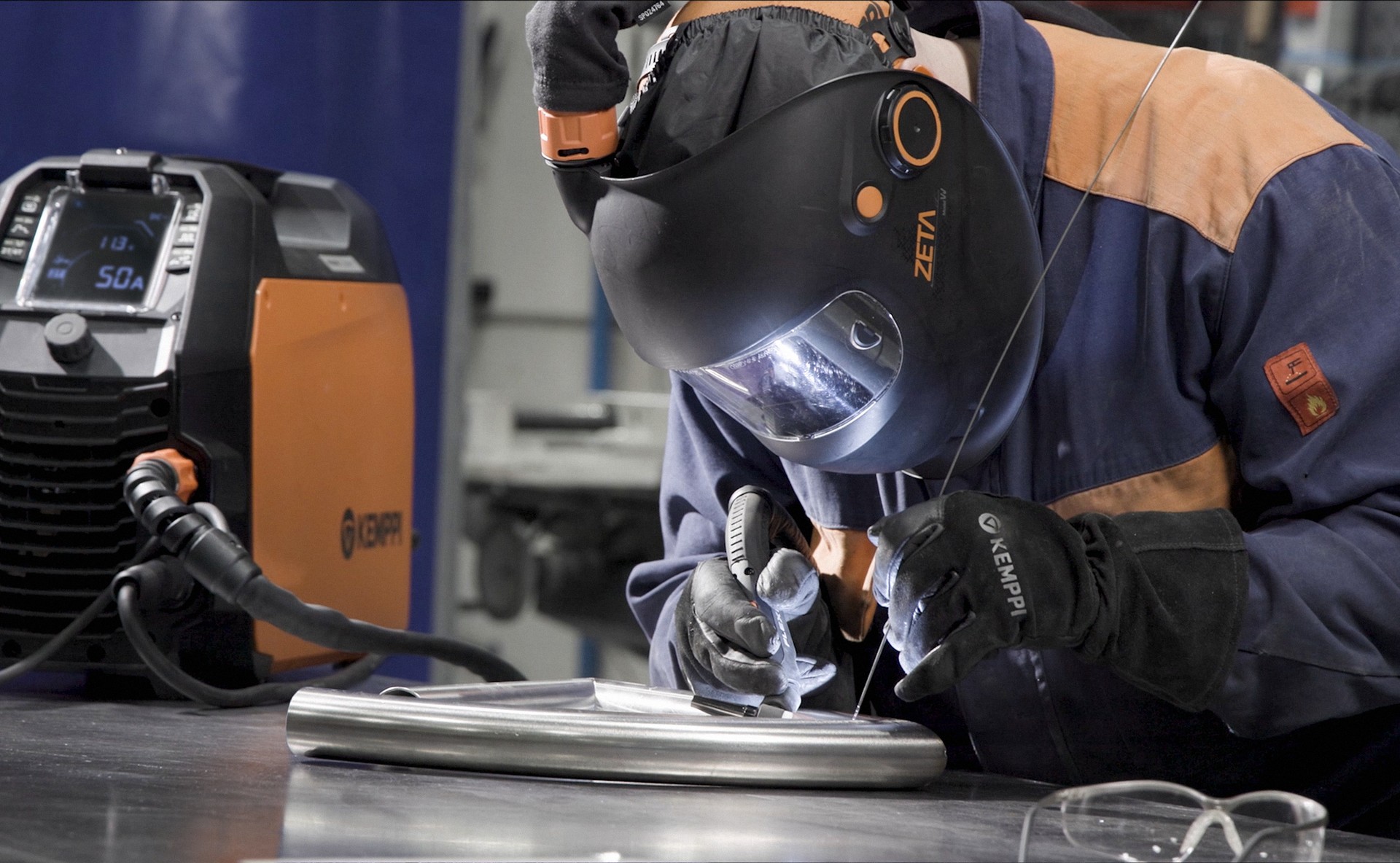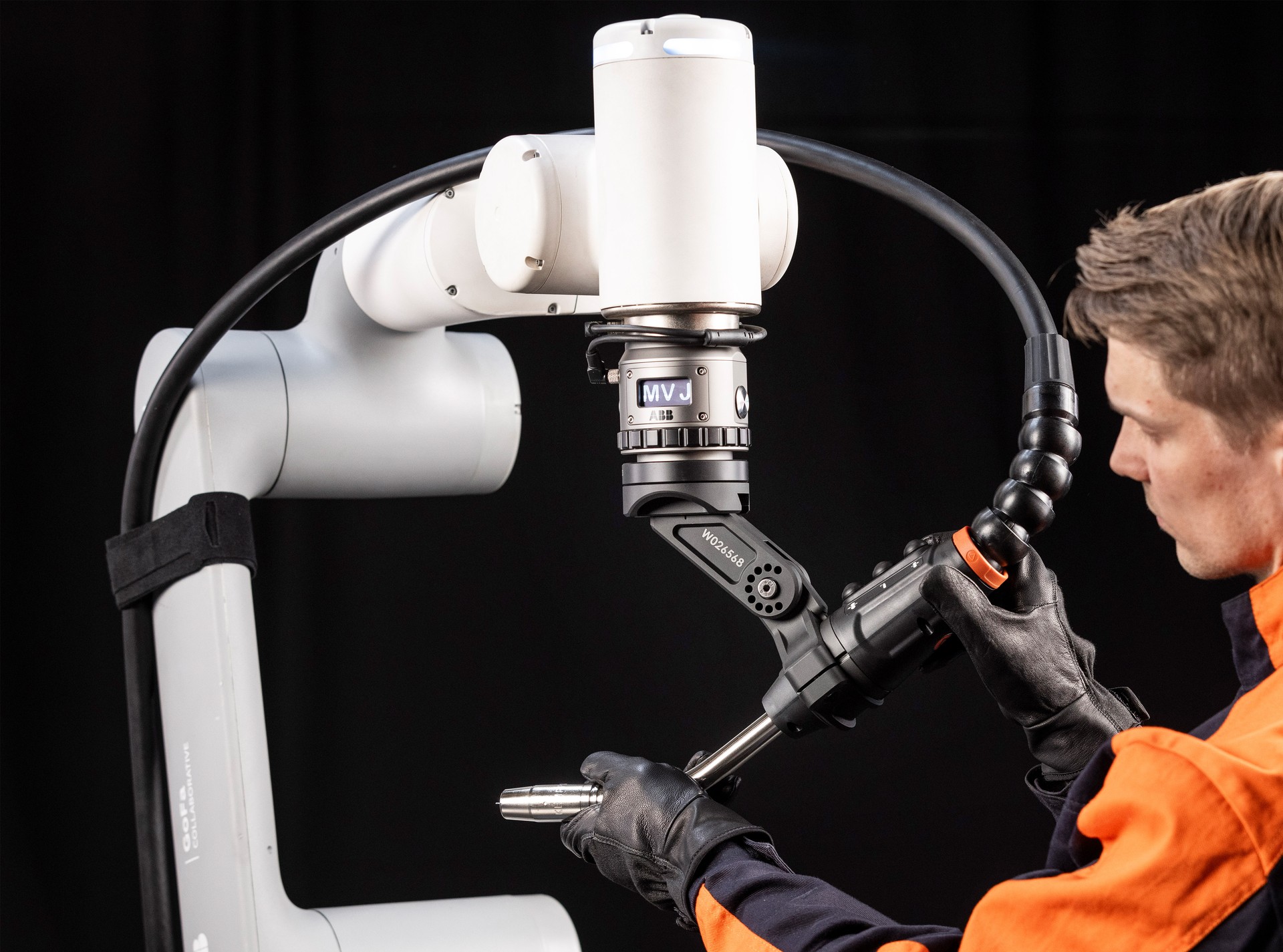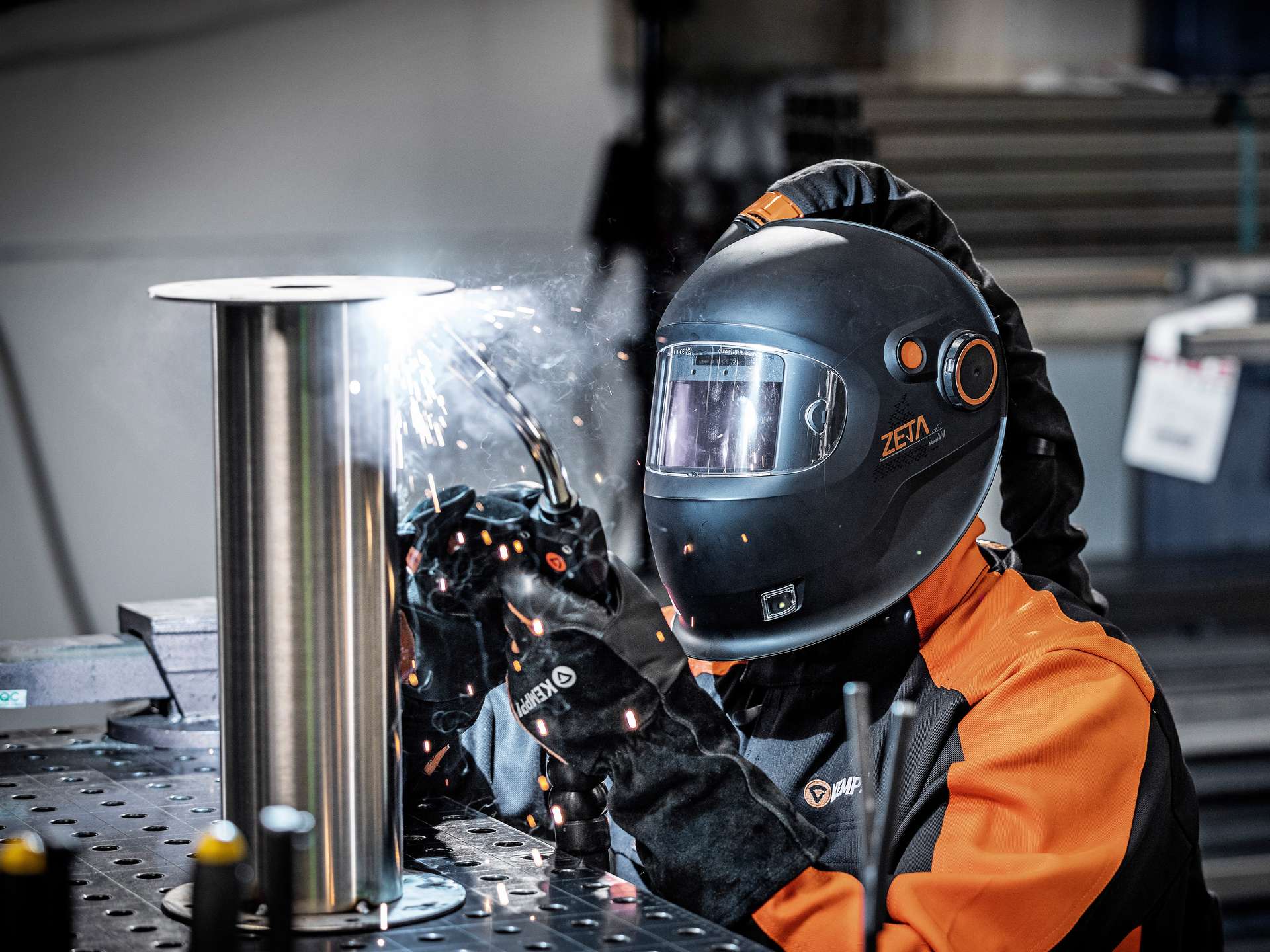
Sécurité
Elevating welding safety: How ADF and DIN shades transform protection and precision
16 février 2025
In welding, the human eye is constantly exposed to extreme conditions. The welding arc generates intense light, ultraviolet (UV), and infrared (IR) radiation, all of which can cause severe and permanent damage if not properly shielded. While traditional helmets relied on fixed shade lenses, advancements in Auto-Darkening Filter (ADF) technology have revolutionized how welders balance protection, visibility, and precision.
Risto Etelämäki
The ADF lens employs liquid crystals capable of switching states instantaneously. When exposed to the arc's bright light, these lenses transition from clear to dark within milliseconds and return to clear once the arc is extinguished. This adaptability ensures welders can see their work clearly during setup and protect their eyes during the welding process.
Why DIN shades matter
Choosing the right DIN shade for your task ensures maximum protection and improves your ability to weld accurately and efficiently. The DIN shade determines how much light is filtered through the ADF lens. Selecting the appropriate shade is not just a matter of comfort—it’s critical for safety. Too low a shade risks UV and IR exposure, while a shade that’s too dark reduces visibility and precision.
DIN shades range from low levels for light cutting and grinding tasks to high levels required for heavy-duty welding with reflective materials. Modern welding helmets allow welders to customize shade levels to match the specific task and their personal preferences, ensuring both safety and efficiency.
DIN shades determine how much light is filtered through the ADF, balancing visibility and safety. For example:
DIN Shade | UV 313–365 nm | Visible light | IR-A (780-1400 nm) |
|---|---|---|---|
DIN 3 | 2.8% | 17.8–8.5% | 9% |
DIN 8 | 0.025% | 0.16–0.061% | 1% |
DIN 13 | 0.00044% | 0.0012–0.00044% | 1% |
DIN 14 | 0.00016% | 0.00044–0.00016% | 1% |
Choosing the right shade reduces the risk of eye irritation or poor visibility, ensuring welders can work safely and efficiently.
Advancing optical clarity
Kemppi’s Vision+ Color ADF technology exemplifies how optical innovation can improve the welding experience. This technology enhances color recognition and optical clarity, reducing eye strain and improving accuracy. Welders can focus more effectively, experience less fatigue, and produce higher-quality work.
By integrating cutting-edge science with user-focused design, ADF lenses represent the forefront of welding protection, bridging the gap between safety and productivity.
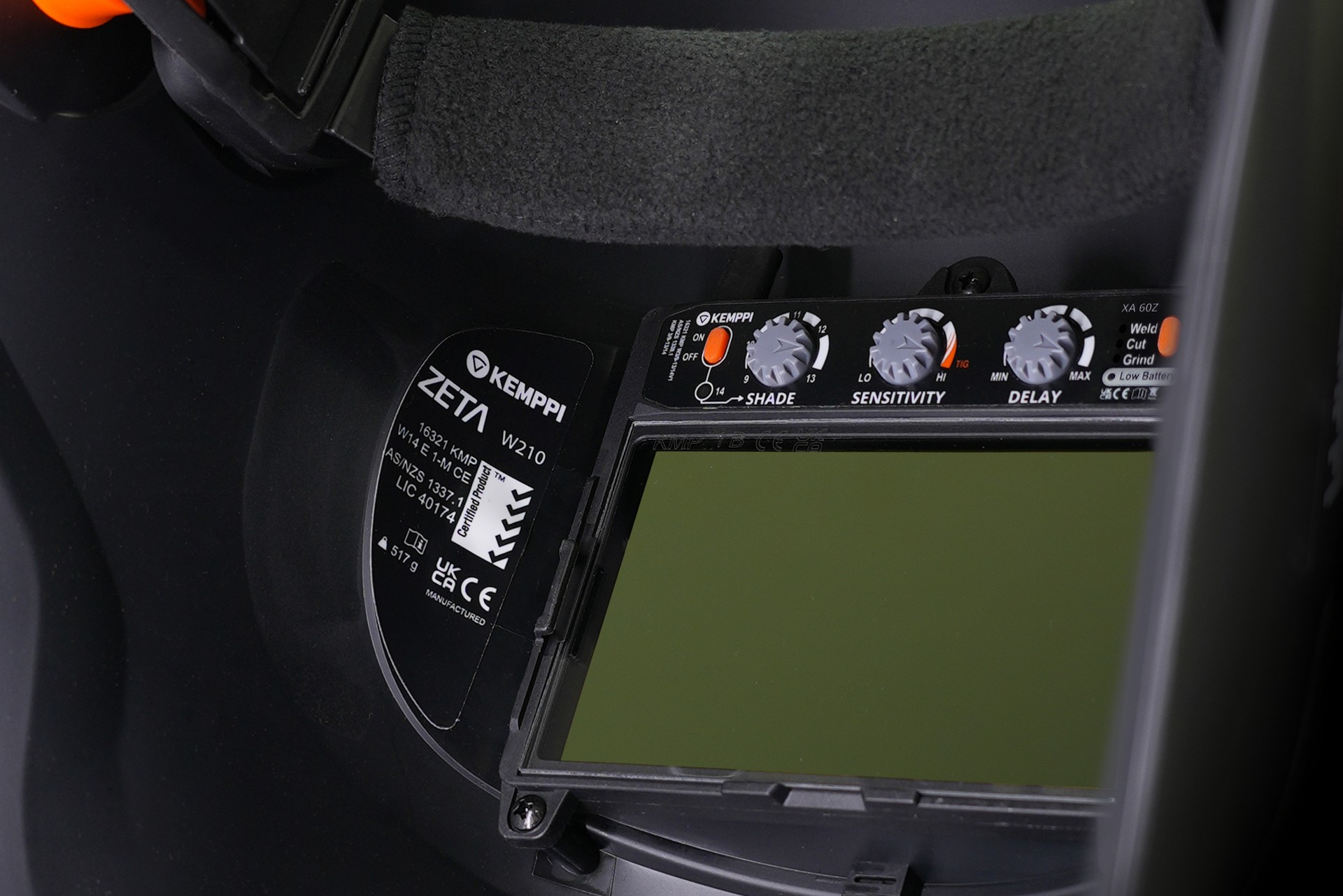
Zeta W210 and W211 helmets: Redefining welding safety and comfort
Building on decades of expertise in welding safety, Kemppi introduces the Zeta W210 and W211 helmets, which redefine the standard for protection, comfort, and innovation. These helmets are engineered to meet the evolving demands of modern welders, offering advanced features that deliver both flexibility and reliability.
Unmatched DIN shade range
The Zeta W210 and W211 helmets offer a wide DIN shade range (DIN 5–14), making them suitable for tasks ranging from precision TIG welding to heavy industrial applications. This flexibility ensures welders can confidently work with high currents and reflective materials like stainless steel and aluminum.
Zeta W210/x and W211/x: Open shade 3, cutting shade DIN 5, welding shades DIN 9–13, and DIN 14 for maximum protection at the push of a button.
Zeta W200/x and W201/x: Open shade 2.5, cutting shade DIN 5, welding shades DIN 8–12.
This adaptability makes the Zeta helmets ideal for MIG, TIG, and MMA welding, as well as grinding and cutting tasks.
Kemppi Auto Darkening Filters' features and compatibility
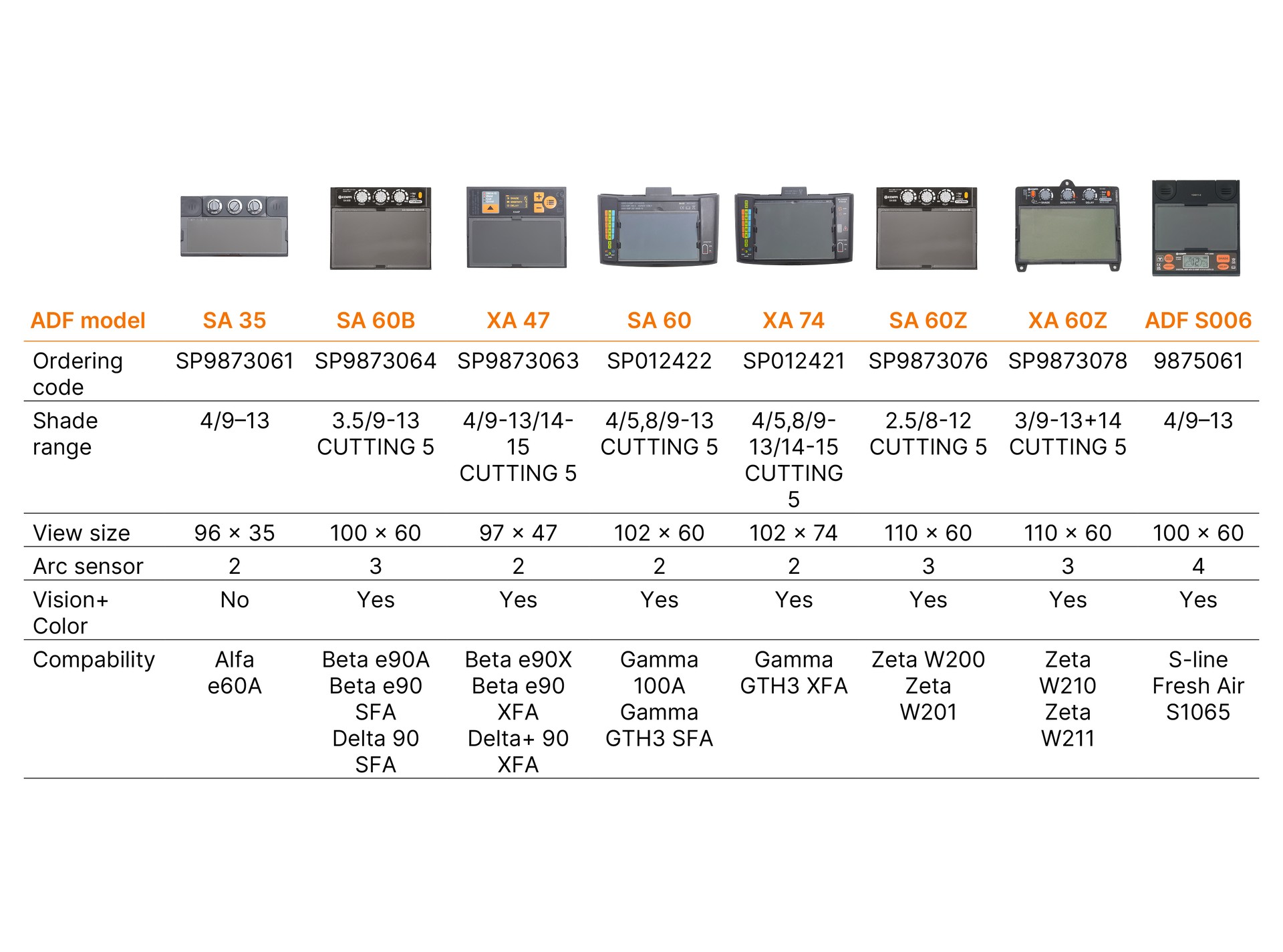
Practical recommendations for optimal safety
Kemppi’s Zeta helmets are designed to meet the diverse needs of modern welders. To make the most of their advanced features and ensure both safety and efficiency, consider the following practical recommendations:
For reflective materials: Use higher DIN shades to minimize glare and improve comfort.
For low-amperage welding: Opt for lower shades (e.g., DIN 9) for tasks like fine TIG welding, ensuring precision without compromising safety.
For multi-process workflows: Take advantage of Zeta helmets' step-less adjustment and grind mode for seamless transitions between tasks.
"Welders often face challenges with eye strain, especially when working with reflective materials like aluminum. The expanded DIN range in the Zeta W210 and W211 offers tailored protection for these demanding tasks," explains Mikko Koski, Product R&D Manager at Kemppi.
Zeta W210 and W211: Innovations that set them apart
Kemppi’s Zeta W210 and W211 helmets combine innovation, safety, and user-focused design to meet the demands of today’s welding professionals. Whether you’re tackling light precision work or high-current industrial applications, these helmets provide unparalleled protection and performance.
Vision+ Color Technology: Delivers greater clarity and improved color recognition, reducing strain and boosting accuracy.
Lightweight Comfort:
Zeta W210: 517g
Zeta W211: 680g
Integrated Work Lights (W210x and W211x models): Improve visibility in dark environments with auto-off functionality during welding.
Wide Viewing Area: 110 x 60 mm, ensuring optimal visibility during tasks.
For users seeking even greater functionality, the Zeta W211 is available with a fresh air system that filters hazardous fumes, enhances cooling, and prevents visor fogging.
"At Kemppi, we don’t just build welding helmets—we redefine what’s possible in welding safety and comfort. The Zeta range is the result of listening to welders' needs and pushing the boundaries of technology", says Koski.

Risto Etelämäki
Risto Etelämäki
A versatile and seasoned content professional with deep expertise in marketing communication strategy and design. A brand and concept expert who strongly believes in the power of brand as a key business driver. A multi-channel storyteller and writer with a passion for creative problem-solving and teamwork.
